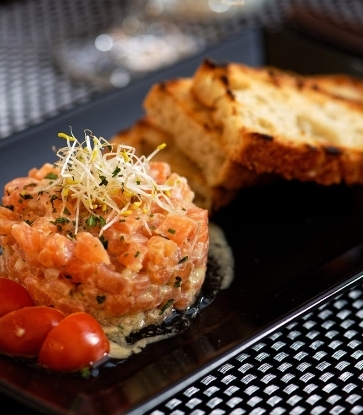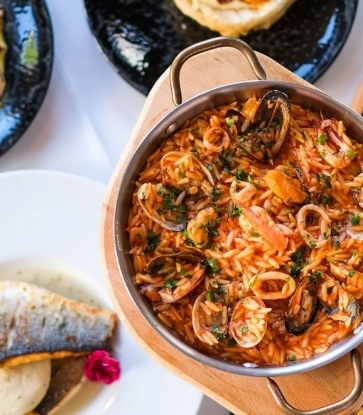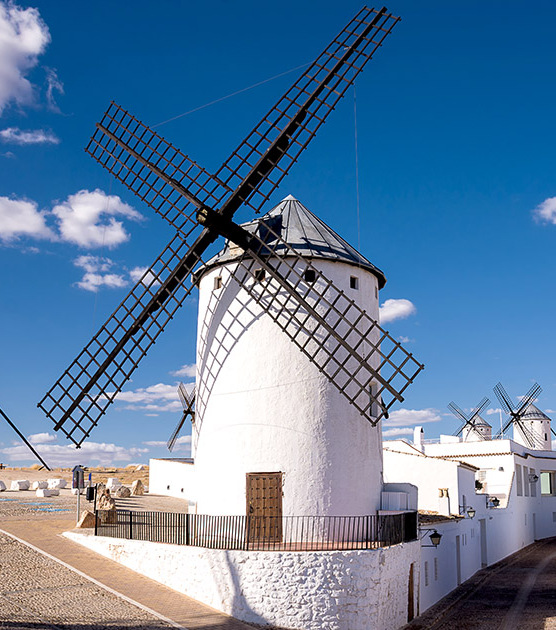Produce is in fact, so celebrated in Indian culture that various harvest festivals are held throughout the year. This month alone, there’s three: Pongal, Lohri and Makar Sakranti (see more below). That’s because each region on the subcontinent has its own unique climate with prized crops that differ from one community to the next.

Despite the difference, food is often the essence of the celebrations. These are first offered to the gods and then consumed in the hope of a plentiful harvest.
“When I was a child, my parents used to take our family back to our native place in Karnataka,” says chef Manjunath Mural of one-Michelin-starred Song of India. “After the first harvest of the Jowar crop, my grandmother used to make Jowar Dhani (puffed snacks smaller than popcorn). We used to eat it as breakfast. She would also add peanuts and spices for us to have them as snacks in the afternoon, my brother used to love that.”
Over in Macau, Kerala-native chef Justin Paul of one-Michelin-starred The Golden Peacock – Asia’s first Michelin-starred Indian restaurant whips up special menus for the various festivals.
“We change menus once a year in Golden Peacock and celebrate some of the Indian festivals like Diwali, Onam and Holi – along with their specialties,” he says.
While Michelin starred restaurants offer modernised versions, there's nothing quite like the original treats to savour tradition in its finest. Here’s what to look out for:

Paddy is South India’s main cultivation; during the Tamil harvest festival of Pongal this eponymous rice dish is prepared. It's a sweet rice porridge that's cooked by allowing milk, rice and lentils to boil until it overflows from the pot, meant to symbolise abundance and plenty. The porridge is sweetened with jaggery, which is made from sugarcane – another seasonal harvest.
Gajjak and Chikki
Lohri (13 Jan) is a harvest festival celebrated in the vibrant, agricultural state of Punjab. It heralds a new agricultural season and the passing of the longest winter night. It is celebrated with song, dance, fanfare and feasting. ‘Gurh’ or jaggery, is used to create several sweet treats. One such is Gajjak, a brittle candy of sesame seeds and molten jaggery set into squares. Another is Chikki, a similar treat that uses peanuts. As part of Lohri rituals, bits of jaggery, gajjak, chikki, puffed rice and sesame seeds are offered into a bonfire symbolising gratitude and the atonement of sins.
Til laddoos
What is celebrated as Pongal in the South, is called Makar Sankranti in several states of Central India. Rituals may differ, but celebratory foods bind one and all. Laddoos (ball-shaped sweets) made with sesame seeds, jaggery, ghee and cardamoms are popular in Maharashtra. These have great shelf life and can be stored for weeks, which would make the perfect gift for friends back home if you're travelling to India during Sankranti,
















